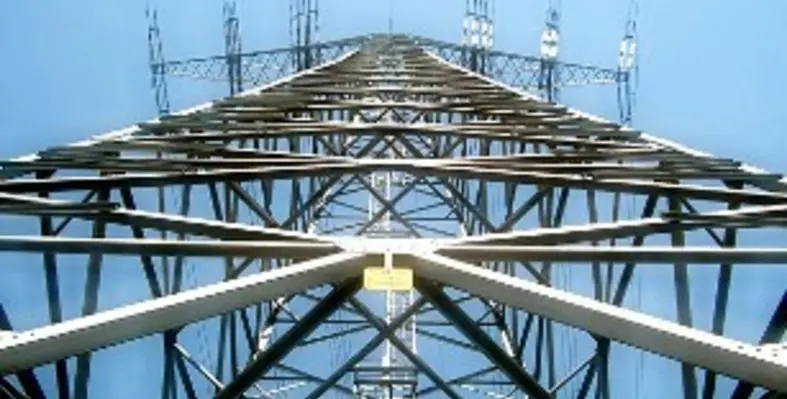A new report shows that for every megawatt-hour of power not supplied to key industries in the Gulf Cooperation Council (GCC) approximately US$700,000 is lost in revenue, with a corresponding drop in GDP.
Soaring power needs
GCC countries face the challenge of planning immediate capacity increases as well as building sustainable power sources to meet soaring power needs. Developing renewable power sources, grid expansion across neighbouring countries, unbundling processes and regulatory schemes will improve power generation capacity, according to A. T. Kearney, a global management consultancy.
Demand will continue to grow over the next 20 years in the GCC as industrial and household usage ramps up. This is transforming demands placed on utility sectors across the region.
Peak electricity demand in the GCC increased by more than 60 per cent between 2003 and 2009 - usage rose from 47 (GWp) to 77 GWp. The forecast for 2030 represents a compound annual growth rate of 7 per cent per year. This forecast compares to a global rate of 1.8 per cent per year, placing the GCC alongside countries with one of the highest power demand growth rates in the world.
Straining fossil fuel reserves
Electricity generation in the GCC, which is predominantly oil and gas based, is straining fossil fuel reserves, shortening their duration and contributing to an already high CO2 footprint. In addition, using oil or gas as the primary source for domestic electricity consumption manifests a lost opportunity in monetising the export of oil and gas and their derivatives.
"Adding new conventional capacity is the typical approach. However, given consumption of fossil resources in power generation is not economically sustainable; this is not a long-term solution," said Louis Besland, partner at A.T. Kearney Middle East.
Inconsistent distribution
According to the A. T. Kearney study, inconsistent distribution is affecting the region's ability to meet rising demand for electricity. While there is no shortage of power on an aggregate level in the region, at a granular level, pockets of over-capacity currently exist.
This is the case in Saudi Arabia and within parts of the UAE, such as Abu Dhabi and Dubai, while Sharjah suffers from electricity shortages. Kuwait, Oman, and Bahrain all experience power shortages at times of peak demand. Qatar has solved the problem by building additional combined cycle gas turbine (CCGT) capacity in an impressively short period of time.
Integrated Gulf grid
Jos? A. Alberich, partner at A.T. Kearney Middle East explained further, "The imbalances will be solved with interconnection capacity developments. Grid interconnection improves reliability, reserves pooling, load factors, and modulation capacity through interconnecting systems that have different load profiles and generation mixes. Improving interconnection across borders brings transparency in the contracting and use of the capacity available, and yields additional benefits from harmonising technical procedures and balancing regimes."
GCC countries have initiated steps towards an integrated Gulf grid to allow electricity exchange among the various nodes of the network with other neighbouring countries, and further developments are in the pipeline.





